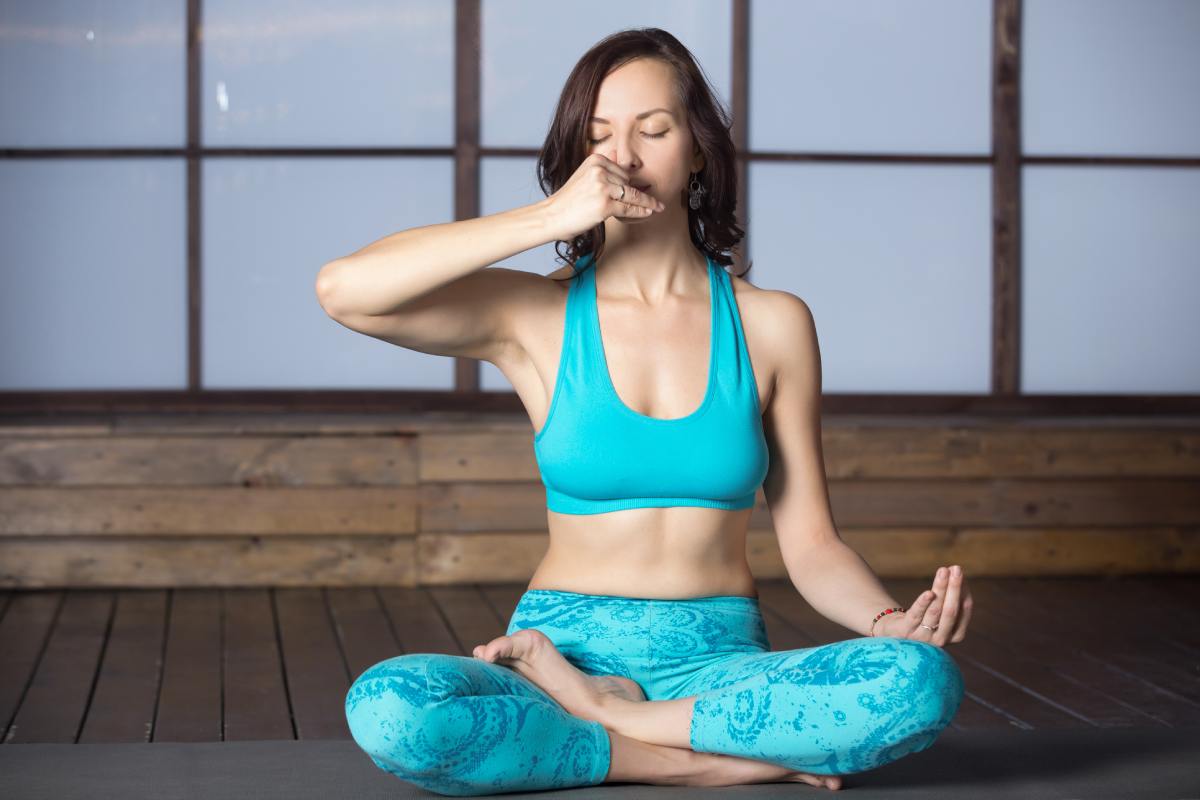Most of us, set on the fast pace of life, hardly find moments of peace. Then come these pranayama, or yoga breathing techniques—a very powerful tool in trying to unwind and return to one’s self. Practically, these can bring relaxation and enhance well-being. So let’s break into the world of breath and see how you can tap into these techniques for a calmer, more centered life.
Understanding Pranayama: The Power of Breath
Before we discuss specific techniques, a definition is due. Pranayama is a Sanskrit word derived from “prana” (life force) and “ayama” (control). Pranayama involves controlling breathwork and is one of the oldest practices, forming the foundation of yoga, said to generate energy and promote clear thinking.
The Benefits of Yoga Breathing Techniques
Practicing pranayama offers a myriad of benefits, including:
- Reduced Stress: Deep breathing activates the parasympathetic nervous system, helping to calm your mind.
- Improved Focus: Enhanced oxygen flow can lead to better concentration and mental clarity.
- Emotional Balance: Regular practice can help regulate emotions and reduce anxiety.
- Better Sleep: Many breathing techniques are effective for promoting relaxation before bedtime.
Top Yoga Breathing Techniques for Relaxation
This is a list of some of the best yoga breathing exercises that you can simply add into your daily practice.
1. Deep Breathing
How to Practice:
- Sit comfortably in a chair or on the floor.
- Place one hand on your abdomen and the other on your chest.
- Inhale deeply through your nose, allowing your abdomen to rise while keeping your chest relatively still.
- Exhale slowly through your mouth, feeling your abdomen fall.
Why It Works: This method encourages complete oxygen exchange and relaxation by activating the diaphragm.
2. Sudarshan Kriya Yoga (SKY)
Overview:
Sudarshan Kriya is a rhythmic breathing technique that combines various patterns of breath. It includes:
- Ujjayi Breath: A slow, calming breath.
- Bhastrika (Bellows Breath): Quick inhalations and exhalations that energize you.
- Om Chanting: Prolonged exhalation while chanting “Om,” which promotes mental clarity.
Benefits: SKY has been shown to reduce stress and improve mood significantly.
3. 4-7-8 Breathing Technique
Steps:
- Exhale completely through your mouth.
- Inhale quietly through your nose for a count of 4 seconds.
- Hold your breath for a count of 7 seconds.
- Exhale forcefully through your mouth for a count of 8 seconds.
Why It Works: This technique is particularly effective for reducing anxiety and promoting sleep by calming the nervous system.
4. Dirga Pranayama (Three-Part Breath)
How to Practice:
- Inhale deeply into your abdomen, allowing it to expand.
- Continue inhaling as you fill up your ribcage.
- Finally, fill up your upper chest before exhaling in reverse order.
Benefits: This method encourages deep relaxation and helps you connect with your body more fully.
5. Lion’s Breath (Simhasana)
Instructions:
- Sit comfortably with palms resting on your knees.
- Inhale deeply through your nose.
- Open your mouth wide, stick out your tongue, and exhale with a “haaa” sound.
Why It Works: Lion’s Breath relieves tension in the face and jaw while energizing the body—perfect for shaking off stress!
6. Resonant Breathing
Technique:
- Breathe in for a count of 5 seconds and out for a count of 5 seconds.
- Maintain this rhythm for several minutes.
Benefits: This practice maximizes heart rate variability, which is closely linked to stress reduction.
7. Humming Bee Breath (Bhramari)
Steps:
- Close your eyes and take a deep breath in through your nose.
- As you exhale, produce a gentle humming sound.
Why It Works: This calming technique can help alleviate frustration or anxiety while promoting relaxation.
Creating Your Relaxation Routine
Integrating these yoga breathing techniques into your daily life doesn’t have to be daunting! Here’s how to get started:
- Set Aside Time: Dedicate at least 10 minutes each day for breathing exercises.
- Choose Your Favorite Techniques: Try out various techniques to see which ones speak to you the most.
- Establish a Calm Environment: Look for a place to be quiet where you will not be bothered, and consider lighting some candles or turning on some calming music.
- Practice Consistently: The more regularly you practice, the more benefits you’ll experience.
Conclusion
Yoga breathing techniques are not just a relaxation technique; they open you to greater self-awareness and emotional balance. You develop a sense of calm amidst chaos by incorporating these practices into your daily routine. So take a deep breath—literally—and start investigating the power of transformation that pranayama presents today! You’re not just enhancing relaxation techniques; you’re investing in a healthier, more balanced life! Happy breathing!




